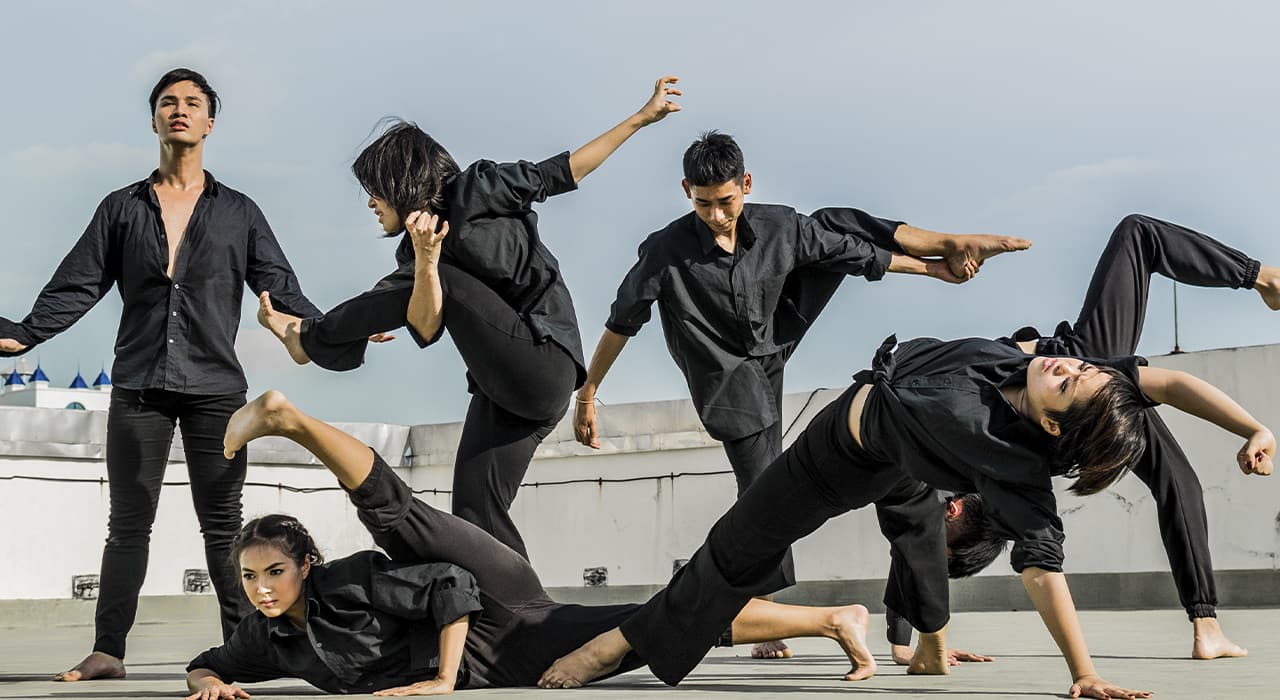Ballet – a kind of stage art, the main expressive means of which are inextricably linked music and dance.
Most often at the heart of the ballet is a story, dramaturgical idea, libretto, but there are also ballets without a story. The main types of dance in ballet are classical dance and character dance. The pantomime plays an important role here, with the help of which the actors convey the feelings of the characters, their “conversation” with each other, the essence of what is happening. The elements of gymnastics and acrobatics are also widely used in modern ballet.
Ballet is an example of a wonderful art that combines body movements and music. The traditions of classical dance were formed during the centuries; the movements were perfected to perfection during the generations. The formula of classical dance is the pursuit of beauty and everything beautiful. Ballet is the art of classical dance, capable of penetrating into the depths of the human soul and winning hearts. Classical dance makes us rejoice and cry, exult and empathize.
The cradle of classical dance is considered to be Renaissance Italy. Originally, ballet was a type of ceremonial performances that were staged at times of celebration for the aristocracy. Solemn ceremonies, in which dancing was given an important and honorable place, became a common phenomenon in Milan, and even the Vatican staged performances with dancing.
THE HISTORY OF BALET
It was then that Domenico de Piacenza coined the new word “ballet”. It came from the Italian “balletto,” which means to dance. The fashion for ballet spread very quickly and rapidly. It gained enormous popularity in neighboring France, and the development of ballet took place there. Catherine de Medici elevated ballet to the rank of matters of national importance. Another French monarch, Louis XIII, composed music for his productions of the famous Marlezonian Ballet, and Cardinal Richelieu staged ballets himself and even danced in them. But the true golden age of ballet art was the reign of the “king-sun” Louis XIV, who himself danced ballet for twenty years. During the reign of Louis XIV, in 1661, the first ballet school in the world was created in Paris – the basis of classical dance. It is now the famous choreographic school of the Grand Opera.
At first, ballets were staged at home by aristocrats. The dancers were serfs, but soon professional ballet troupes began to form. If you look at the history of the formation of modern ballet, the dancers were at the origins of the creation and prosperity of ballet companies around the world.
Today, ballet has not lost its popularity; on the contrary, it is evolving and keeping up with the times.



